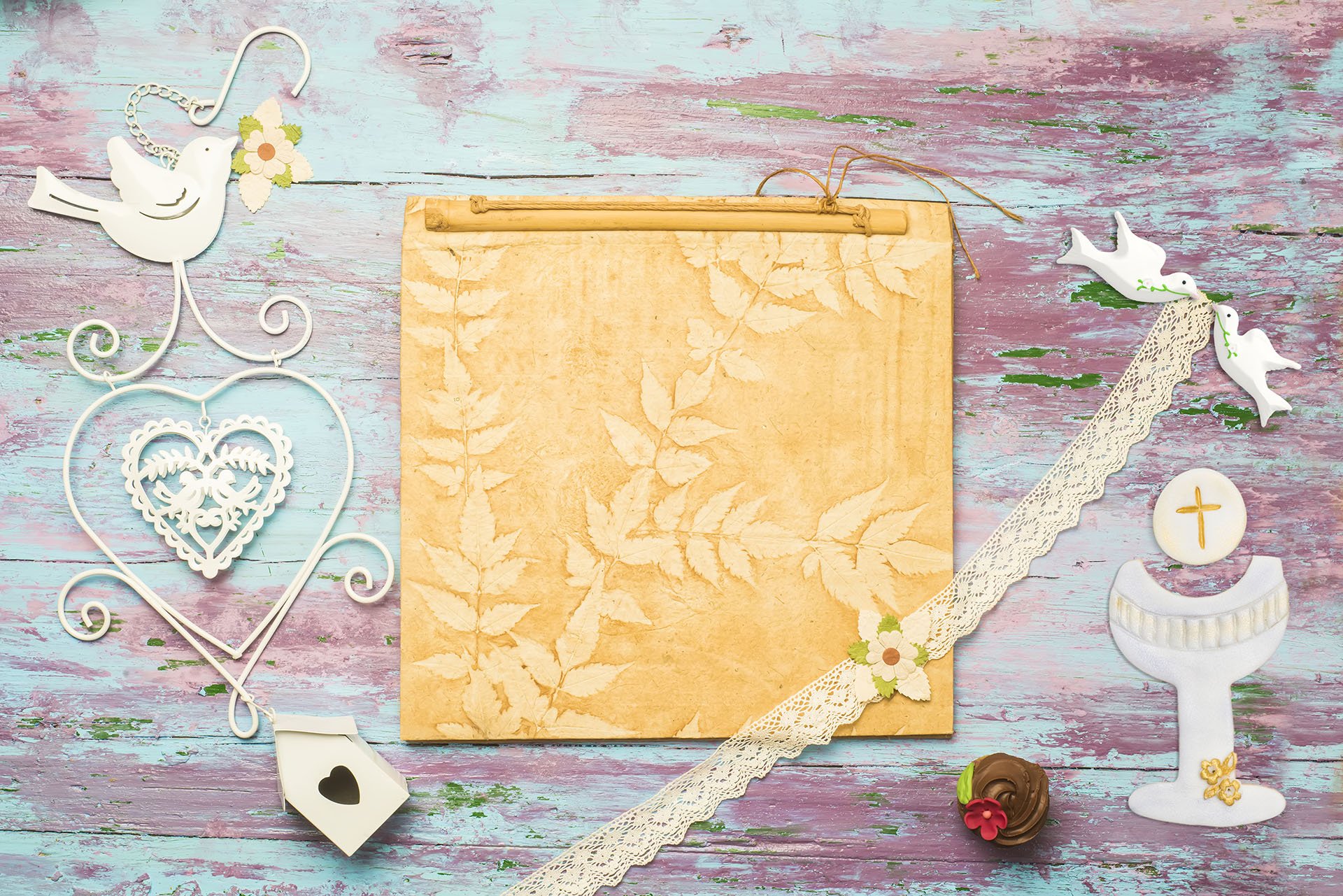Definitive Guide to Confirmation Gifts.
Religious confirmation is a sacrament in many Christian denominations that signifies a mature commitment to the faith. It is typically performed during adolescence or early adulthood and is considered one of the three sacraments of initiation, alongside baptism and Eucharist. The confirmation ceremony involves anointing the forehead of the individual with oil and laying on of hands by a bishop or other authorized religious leader. Through this ceremony, the individual affirms their faith and receives the gifts of the Holy Spirit, which are believed to strengthen and empower them to live a Christian life. Confirmation is also considered a rite of passage into full church membership in some denominations, such as Catholicism and Anglicanism.
Confirmation is a significant milestone in the spiritual journey of many Christians, as it represents a personal affirmation of faith and a more profound commitment to living a life guided by Christian values. It is often preceded by a period of preparation, which may involve classes or retreats to help the individual gain a deeper understanding of their faith and the responsibilities that come with it. In some denominations, such as the Catholic Church, confirmation is also associated with receiving additional sacraments, such as the Eucharist. Overall, religious confirmation is an important ceremony in many Christian traditions that symbolizes a deeper commitment to faith and the ongoing journey of spiritual growth.
A confirmation gift is a present given to someone being confirmed in their Christian faith. It is a way to celebrate the confirmation ceremony's milestone and show support for the individual as they continue their spiritual journey. Confirmation gifts are often given by family members, friends, or godparents and can be religious or non-religious in nature.
Religious confirmation gifts may include items such as a Bible, a cross necklace, a prayer book, or a statue of a saint. These gifts are intended to help individuals deepen their understanding of their faith and to serve as a reminder of their commitment to living a Christian life.
Non-religious confirmation gifts may include jewelry, books, or electronics. These gifts are often given to show support and acknowledge the individual's accomplishment of reaching this milestone.
In many cases, confirmation gifts are chosen based on the interests and personality of the individual is confirmed. The gift may be a personal item that holds special meaning, such as a piece of jewelry that has been passed down through the family or a book that has had a significant impact on the individual's life. Overall, a confirmation gift is a way to commemorate the occasion and to show love and support for the individual as they continue their spiritual journey.
Using a universal wishlist for a confirmation gift can benefit both the gift giver and the recipient. A universal wishlist is a tool that allows the recipient to create a list of items they would like to receive as gifts from multiple retailers or online platforms. Then, the list can be shared with friends and family, making it easier for them to choose a gift that the recipient will love. Here are some reasons why a universal wishlist can be helpful for a confirmation gift:
Ensures the recipient receives gifts they want: Sometimes, people may accept presents that are not what they want or need. Using a universal wishlist, the recipient can curate a list of items they would like to receive, ensuring that they receive gifts they will use and appreciate.
Makes gift giving easier: A universal wishlist can save time and effort for gift givers, as they can quickly and easily browse the recipient's wishlist and choose a gift that fits their budget and preferences. This can be especially helpful for individuals who may not be familiar with the recipient's interests or preferences.
Can help avoid duplicate gifts: A universal wishlist can help prevent multiple people from giving the same present. The recipient can update the list as items are purchased, helping avoid awkward situations where the recipient receives duplicate gifts.
Using a universal wishlist for a confirmation gift can help make the gift-giving process more efficient and enjoyable for both the giver and the recipient.
HISTORY OF CONFIRMATION
The sacrament of confirmation has a long and complex history that has evolved over time in different Christian denominations. The practice of laying on of hands to confer the Holy Spirit can be traced back to the early Christian church, as described in the New Testament. However, the specific form and meaning of the sacrament of confirmation have varied throughout history.
In the early Christian church, baptism and confirmation were considered a single sacrament of initiation. However, as the church grew and expanded, the bishop became the primary minister of the sacrament, and the practice of confirmation was separated from baptism. By the 4th century, confirmation was a distinct sacrament that involved the anointing with oil and laying on of hands by the bishop and was performed after baptism.
During the medieval period, confirmation became an essential rite of passage in the Western church. It was associated with the age of reason and the ability to make personal commitments to the faith. The anointing with chrism oil was seen as a symbol of spiritual strengthening and empowerment, and the gifts of the Holy Spirit were seen as necessary for living a Christian life.
In the 16th century, the Protestant Reformation challenged the sacramental system of the Catholic Church, and the meaning and form of confirmation varied greatly among different Protestant denominations. In some Protestant churches, such as the Anglican Church, confirmation remained an important rite of passage and a sacrament of initiation. In contrast, in others, it was not considered a sacrament.
Confirmation remains a vital sacrament in many Christian denominations, including Catholicism, Anglicanism, and Lutheranism.

